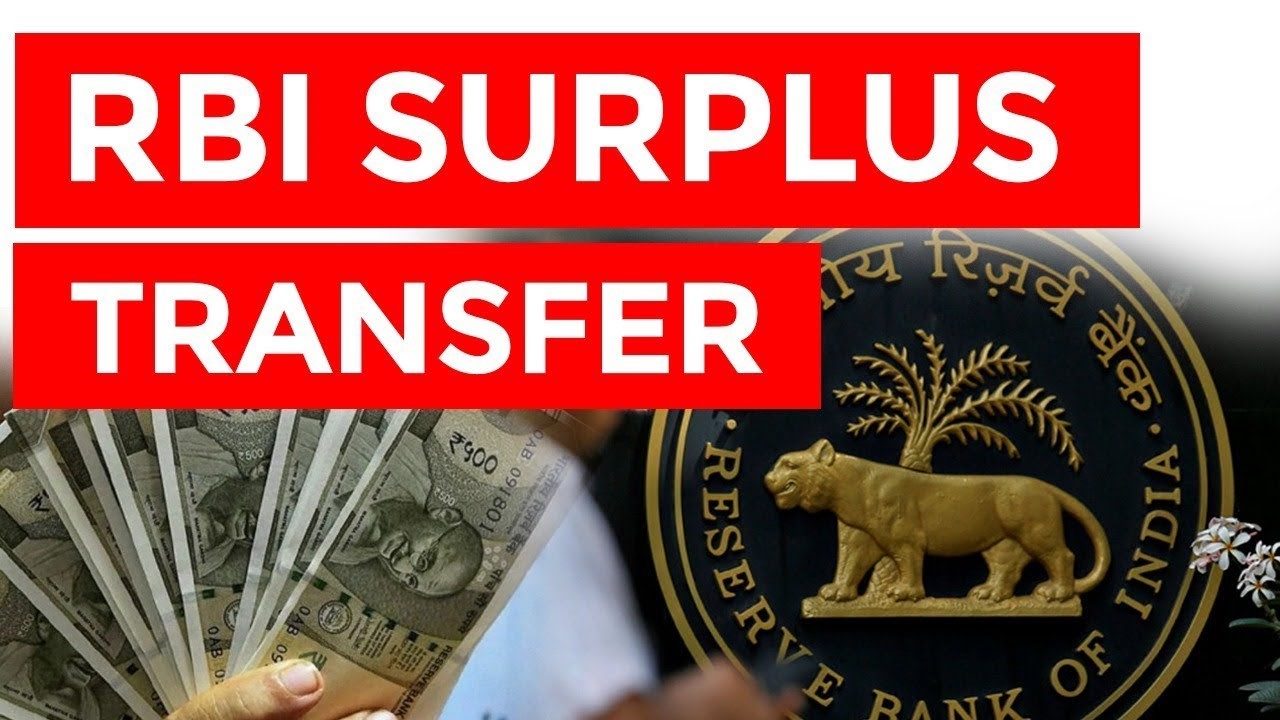Free Courses Sale ends Soon, Get It Now


Free Courses Sale ends Soon, Get It Now



Disclaimer: Copyright infringement not intended.
Context
Background
How does the RBI, as India's central banking institution, generate profit?
RBI’s Expenditures
How do the transfer mechanics work?
What is the global perspective?
SOURCE: INDIAN EXPRESS
|
PRACTICE QUESTION Q. Consider the following statements regarding the Reserve Bank of India (RBI): 1.According to Section 47 of the Reserve Bank of India Act, 1934, the RBI channels its net income to the government as dividends. 2.The Contingent Risk Buffer maintained by the RBI should be between 5.5-6.5 percent of its balance sheet, with amounts exceeding this threshold considered surplus for transfer to the government. 3.RBI’s surplus transfers are unique to India. Which of the statements given above are correct? a) 1 and 2 only b) 2 only c) 1, 2 and 3 d) 1 and 3 only Answer b) 2 only Statements 1 and 3 are incorrect. Explanation: Statement 1 is incorrect. According to Section 47 of the Reserve Bank of India Act, 1934, the RBI channels its net income to the government, but this is not referred to as dividends. Statement 2 is correct. The guidelines suggest that the RBI should maintain a Contingent Risk Buffer of 5.5-6.5 percent of its balance sheet, with amounts exceeding this threshold considered surplus and eligible for transfer to the government. Statement 3 is incorrect: Surplus transfers aren't unique to India. However, the approach varies. While countries like the UK and the US have the central bank and government jointly decide the surplus distribution, in Japan, the government takes the lead. On average, these transfers hover around 0.5 percent of the GDP. |
© 2024 iasgyan. All right reserved